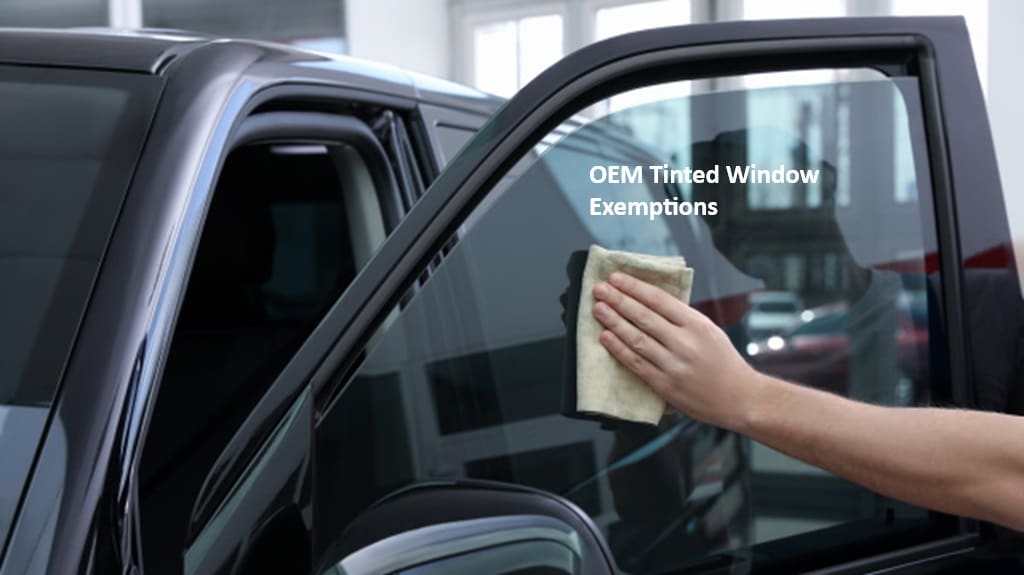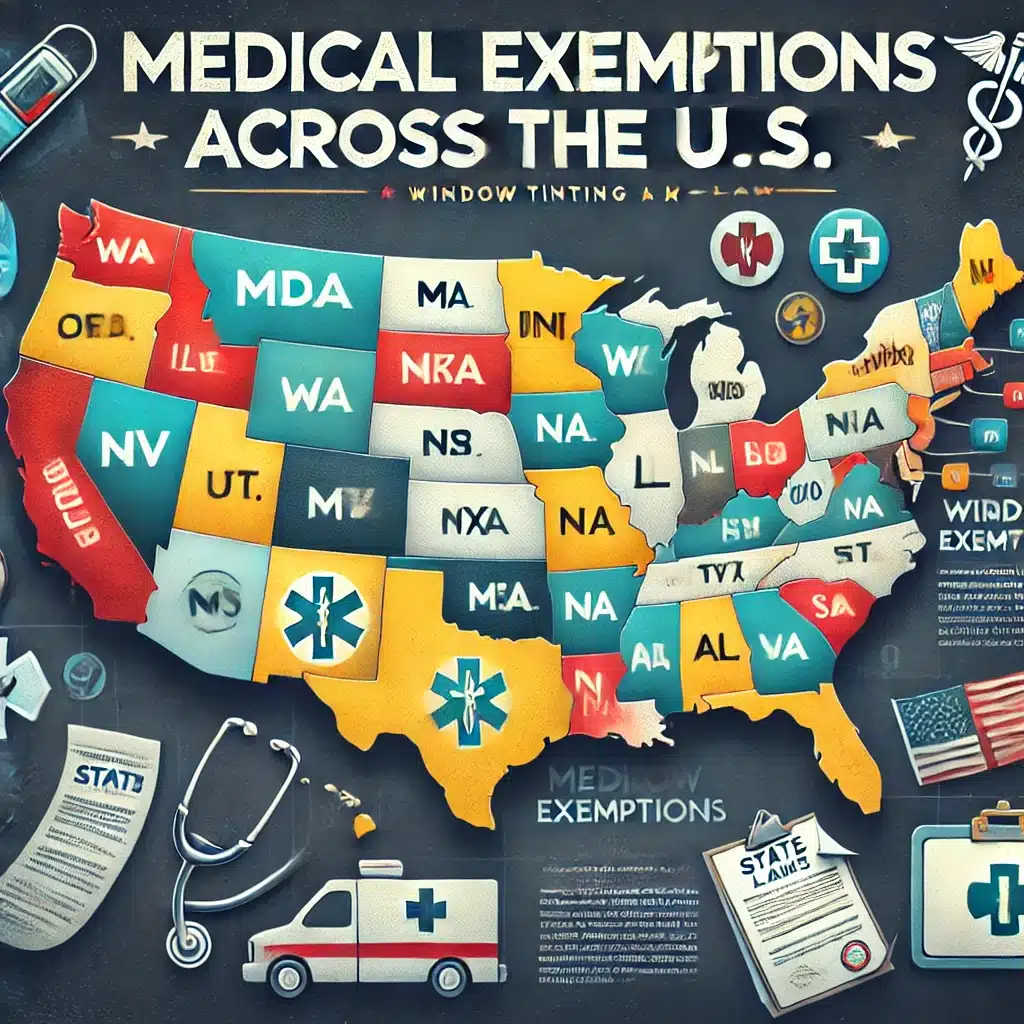Driving a vehicle is not as simple as you consider. You must expose your skills and concentration, especially if you drive a car in the United States. However, when you gear up your car on the road, you must ensure that your vehicle is in good condition and fulfills all the necessary safety rules.
Moreover, your window tint is also according to the set rules of your state to protect yourself and the passers-by. Sometimes, your physical condition needs some exemptions for window tint; you can use it on the doctor’s advice.
Additionally, these exemptions can protect your skin from direct sunlight. However, to qualify for the exemption category, you must follow all the laws of your state.
This blog will provide detailed information about the window tint exemption criteria. You can benefit from it if you properly obey the rules and regulations.
Window Tint Exemptions in Ohio
In Ohio, certain health conditions might allow you to legally use darker window tints on your car than what’s generally allowed. However, according to doctor’s advice, the term “medical exemption” enables a person suffering from direct sunlight and UV rays to use window tints. This exception isn’t just handed out willy-nilly; it’s for people who genuinely need to limit their exposure to bright lights or sunlight for medical reasons. So, if you think you might qualify, here’s how you get it done.
How to Get Your Medical Exemption?
First, you need a doctor on your side. Your physician must sign a paper confirming you need darker tints for health reasons (MyEyeRx). No doctor’s note, no exemption. Make sure it’s detailed and covers why you need this – it’ll be the backbone of your application because a qualified physician can describe your physical condition better and help you get an exemption.
Once you’ve got that, please send it to the Ohio Department of Public Safety. They review everything thoroughly before giving you the nod, and they’re strict about it, so ensure your paperwork is clean and accurate.
Stick to the Law and Avoid Trouble
It’s super important to know Ohio’s tint laws. Once you’ve got your exemption, you must keep that documentation in your car. If you get pulled over, the officer will first want to see your approved exemption paperwork.
If you skip this step, you could look at fines between $120 and $160. And it’s not just about the money; violating these laws can also mess up your driving record. So, follow the rules, get your exemption, and avoid these hassles.
A medical exemption can simplify your life if a bright light bothers you. Understand the rules, get the proper paperwork, and stay within legal limits. You will get peace of mind and a more comfortable drive; both are well worth it.
State-by-State Tint Laws
So, you’re curious about window tint laws and how they vary across states? We’ve got you covered. Each state has its rules, especially regarding medical exemptions, applications, and renewals. Let’s disclose these details so you can stay on the right side of the law.
Medical Exemptions Across the U.S.
Some states will let you have darker window tints than usual if you have a medical condition and require extra sun protection. Let’s check out what different states offer:
- Michigan, Arizona, Florida, Georgia, Alabama, California, and Oklahoma: These states provide medical exemptions for people with certain health conditions and need severe sun protection. This means you can go darker than the legal limit if you have a valid medical reason.
- Arizona: You need to get your doctor to sign a letter, then send it to the Arizona Department of Transportation’s Medical Review Program. Simple enough, right?
- Florida: If you have lupus, vitiligo, or something similar, you can get an exemption certificate that doesn’t expire.
How to Apply and Renew
Getting and keeping your medical exemption isn’t the same everywhere. Each state has its way of doing things:
- Georgia: You’ll need a signed letter from a licensed doctor or optometrist. Pay the fee, and you’re good to go.
- California: Your healthcare provider gives you a document saying you need the tint for medical reasons. However, only clear and transparent film is allowed.
- Oklahoma: This state permits changing visible light transmission (VLT) and window colors. Just get a note from your doctor, and you’re set.
Why This Matters
To get these medical exemptions, you must ensure that you are obeying the state’s rules and regulations and suffering from severe conditions. Moreover, your physical conditions with a certified doctor’s prescription can protect you from many hurdles.
Also, knowledge about how each state does things can save you a lot of headaches and hassle. Check out the specific laws where you live, and you’ll be all set with your health and the law.


